Bread seasoning is a carefully balanced blend of herbs, spices, and sometimes salt specifically formulated to enhance the flavor of bread without overpowering its natural taste. Unlike regular spice mixes, bread seasonings are designed to complement the subtle flavors of baked goods and can withstand the heat of the oven without losing their aromatic qualities. Whether you're baking sourdough, rye, or soft rolls, the right seasoning transforms ordinary dough into an extraordinary loaf.
Have you ever taken a bite of bread and thought, 'This could be better'? That's where bread seasoning comes in. It adds depth, complexity, and personality to your dough. Imagine a warm, crusty sourdough with a hint of garlic and rosemary—delicious, right? Or a fluffy brioche with a touch of cinnamon and nutmeg—mouthwatering!
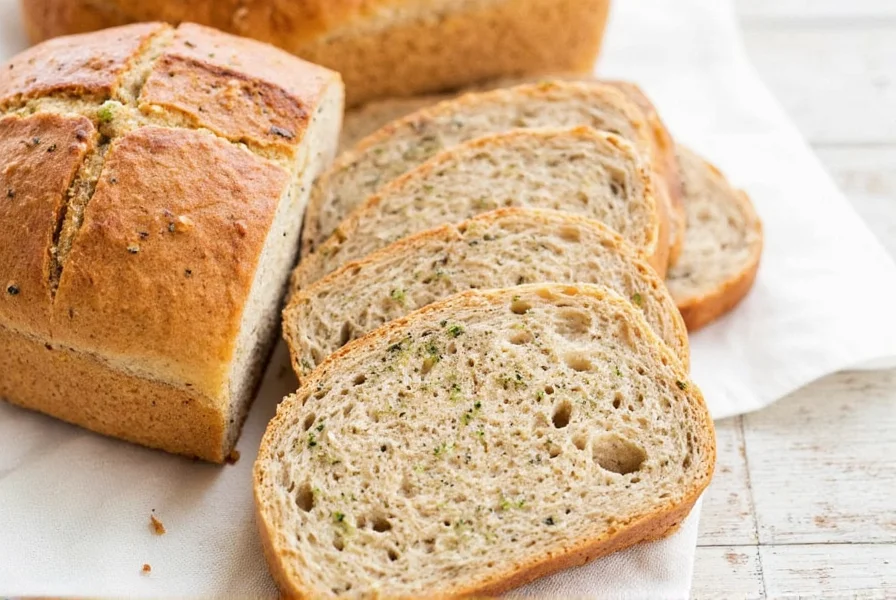
Why Bread Seasoning Matters
Seasoning isn't just for savory breads either. Sweet breads like banana bread or cinnamon swirls can benefit from a sprinkle of spice mix. The right seasoning can turn a simple loaf into something extraordinary.
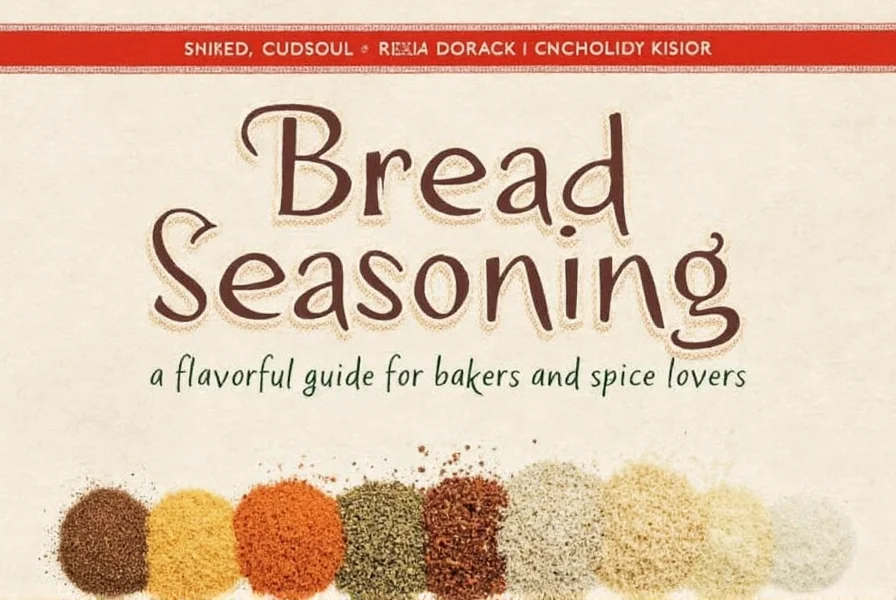
Types of Bread Seasoning
There are countless ways to season bread, and the options are as varied as the types of bread themselves. Here are some popular combinations:
- Savory Seasonings: Garlic, onion powder, thyme, oregano, and paprika.
- Sweet Seasonings: Cinnamon, nutmeg, cardamom, and cloves.
- Herbal Mixes: Rosemary, sage, basil, and parsley.
- Spicy Blends: Cayenne pepper, chili flakes, and smoked paprika.
You can also create your own custom blends based on your personal preferences or the type of bread you're making. For example, a Mediterranean-style bread might include olive oil, oregano, and garlic, while a rustic French baguette may benefit from a light dusting of sea salt and fresh rosemary.
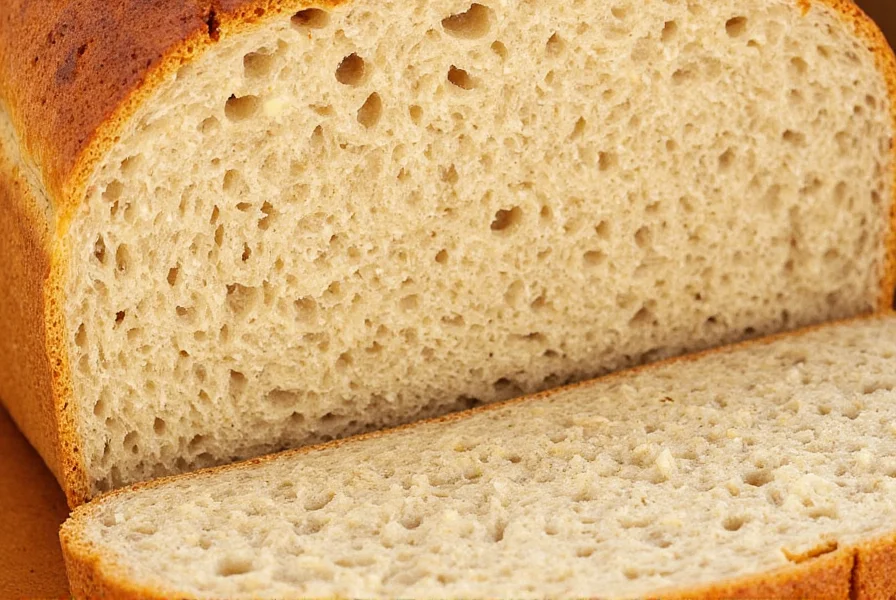
How to Use Bread Seasoning
Using bread seasoning is simple, but it requires a bit of finesse. Here are a few tips to get the most out of your seasoning:
- Add it during mixing: Sprinkle the seasoning into the dough as you mix it. This allows the flavors to infuse throughout the bread.
- Brush it on after baking: Some seasonings, like garlic or herb mixes, work best when brushed onto the crust after the bread has finished baking.
- Dust it on before baking: A light sprinkling of salt, pepper, or herbs on top of the bread before it goes into the oven can give it a nice finish.
- Use it in toppings: You can add seasoning to the top of your bread for extra flavor, especially if you're using a focaccia or flatbread style.
Remember, a little goes a long way. Overseasoning can overpower the bread and mask its natural flavors. Start with small amounts and adjust to taste.
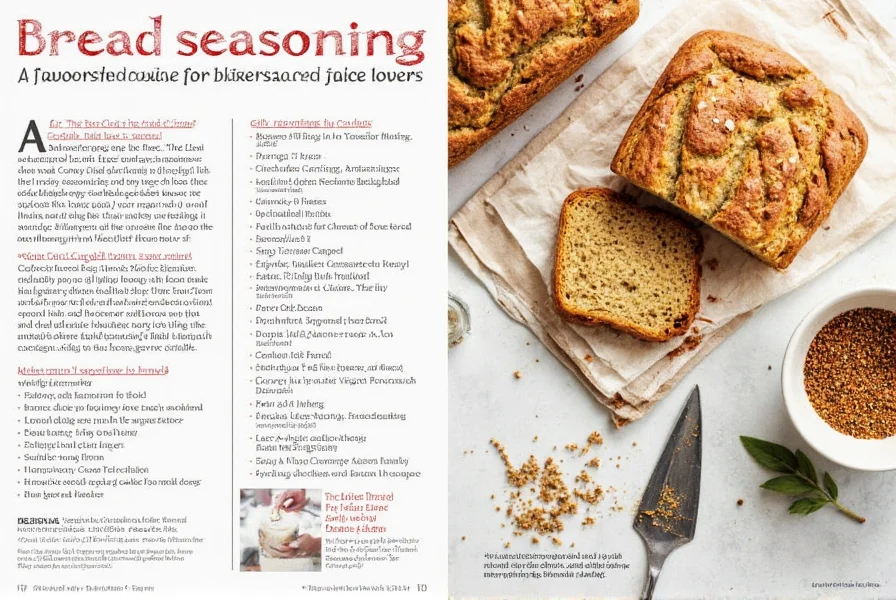
Buying Guide for Bread Seasoning
If you're looking to buy bread seasoning, there are several options available, from pre-made blends to individual spices. Here's a quick guide to help you choose the right one:
| Product | Features | Advantages | Use Cases | Target Audience | Suitable Occasions |
|---|---|---|---|---|---|
| Bread Seasoning Mix by Spicetown | Contains garlic, onion, thyme, and oregano | Convenient, ready to use, great for beginners | Perfect for sourdough, rye, and whole grain breads | Home bakers, casual cooks | Weekend baking, family dinners |
| Herb & Garlic Bread Seasoning by Herbs & Co. | Mix of dried herbs and garlic powder | Flavorful, easy to measure, no artificial ingredients | Ideal for crusty loaves and flatbreads | Experienced bakers, foodies | Cooking classes, holiday baking |
Individual Spices
If you prefer to mix your own seasoning, consider purchasing individual spices. This gives you full control over the flavor profile and allows for customization. Some essential spices for bread seasoning include:
- Garlic powder
- Onion powder
- Oregano
- Thyme
- Rosemary
- Cumin
- Smoked paprika
When buying individual spices, look for high-quality products that are fresh and free from additives. Store them in airtight containers to maintain their potency.
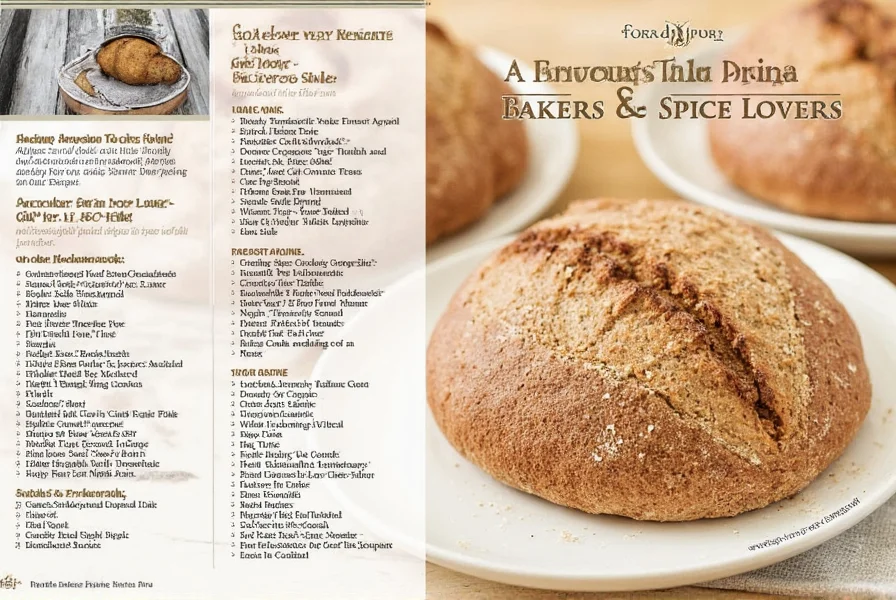
Specialty Seasonings
For those who love to experiment, specialty seasonings can add a unique twist to your bread. These might include:
- Curry powder
- Cayenne pepper
- Sumac
- Black sesame seeds
These ingredients can add unexpected flavor profiles and make your bread stand out. Just be careful not to go overboard—some spices can be quite strong.
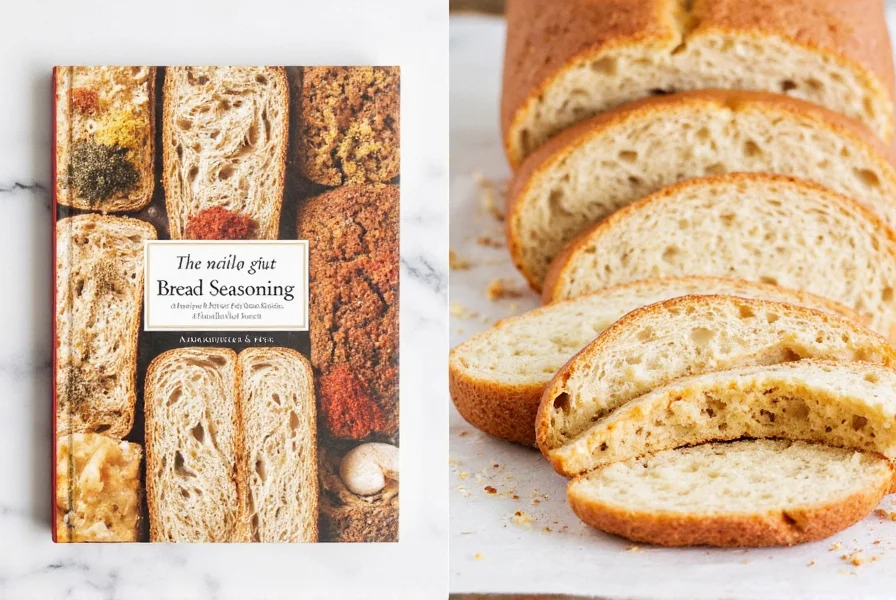
Frequently Asked Questions
What is bread seasoning exactly?
Bread seasoning is a carefully balanced blend of herbs, spices, and sometimes salt specifically formulated to enhance the flavor of bread without overpowering its natural taste. Unlike regular spice mixes, bread seasonings are designed to complement the subtle flavors of baked goods and can withstand the heat of the oven without losing their aromatic qualities.
How much bread seasoning should I use per loaf?
As a general rule, use 1-2 teaspoons of seasoning blend per loaf of bread (approximately 500g of flour). For stronger spices like cayenne or smoked paprika, start with 1/4 to 1/2 teaspoon. Always remember that you can add more seasoning in subsequent batches, but you can't remove it once it's in the dough. It's better to start with less and adjust to your taste preferences.
Can I make my own bread seasoning at home?
Absolutely! Making your own bread seasoning allows for complete customization. A basic savory blend might include 2 tablespoons dried rosemary, 2 tablespoons dried thyme, 1 tablespoon garlic powder, 1 tablespoon onion powder, and 1 tablespoon dried oregano. For sweet breads, try 2 tablespoons cinnamon, 1 tablespoon nutmeg, 1 tablespoon allspice, and 1 tablespoon cardamom. Mix these in an airtight container and store in a cool, dark place.
When is the best time to add seasoning to bread dough?
The timing depends on the type of seasoning and bread. For most dry seasonings, incorporate them during the initial mixing stage so flavors distribute evenly throughout the dough. For fresh herbs or delicate spices that might burn in the oven, add them during the final shaping stage. Some bakers prefer to brush seasoned oil on top just before baking for a more pronounced surface flavor without affecting the entire loaf.
Does bread seasoning affect the rising process of yeast breads?
Most standard bread seasonings won't affect yeast activity, but extremely high salt concentrations or certain antimicrobial spices in very large quantities might slow fermentation slightly. To be safe, add salt and seasoning after the yeast has had initial contact with the liquid ingredients. For sensitive doughs, consider incorporating seasonings during the second kneading phase rather than the initial mix.
Can bread seasoning expire or lose potency?
Yes, bread seasoning blends typically maintain peak flavor for 6-12 months. Ground spices lose potency faster than whole spices. To check if your seasoning is still good, rub a small amount between your fingers and smell it—if the aroma is weak or musty, it's time to replace it. Store your seasoning blends in airtight containers away from heat, light, and moisture to maximize shelf life.
Are there any bread seasonings that work particularly well for specific diets?
Certainly! For gluten-free breads, which can sometimes lack flavor complexity, consider robust seasonings like za'atar or everything bagel seasoning. For vegan breads, umami-rich seasonings with nutritional yeast or mushroom powder can add depth. Low-sodium diets might benefit from herb-forward blends with extra garlic and citrus zest to compensate for reduced salt content.
Conclusion
Bread seasoning is a simple yet powerful way to enhance the flavor of your homemade bread. Whether you're using a pre-made blend or mixing your own, the right seasoning can take your bread from ordinary to extraordinary. Remember, the key is to experiment and find what works best for you and your taste buds.
So next time you bake a loaf, don't forget to season it well. Your taste buds will thank you—and your friends will be impressed too!
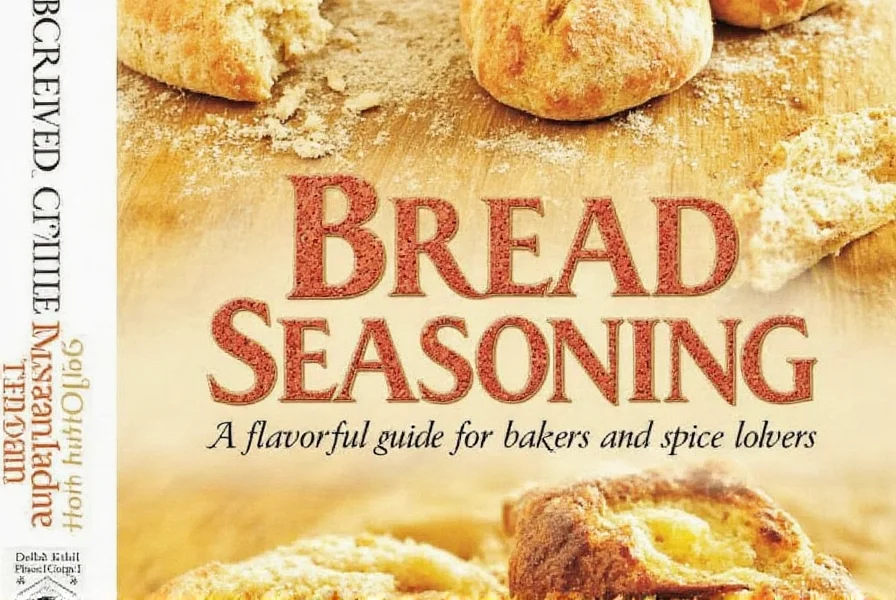

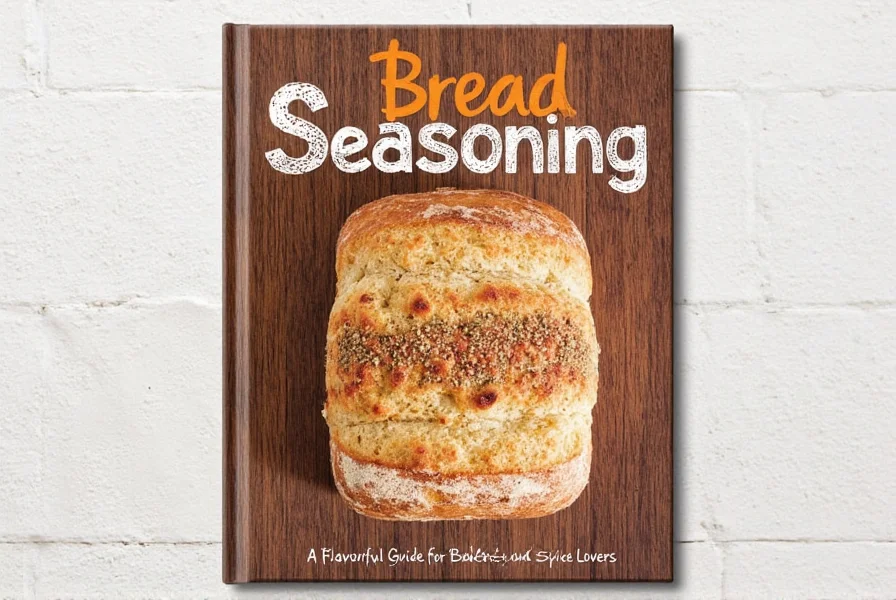









 浙公网安备
33010002000092号
浙公网安备
33010002000092号 浙B2-20120091-4
浙B2-20120091-4